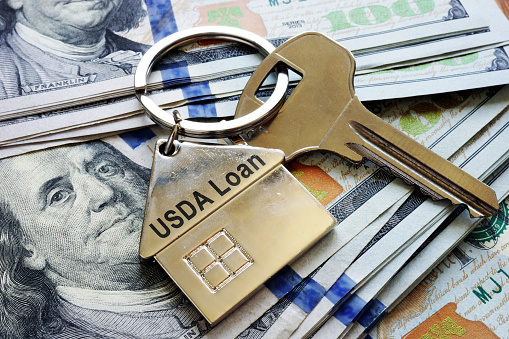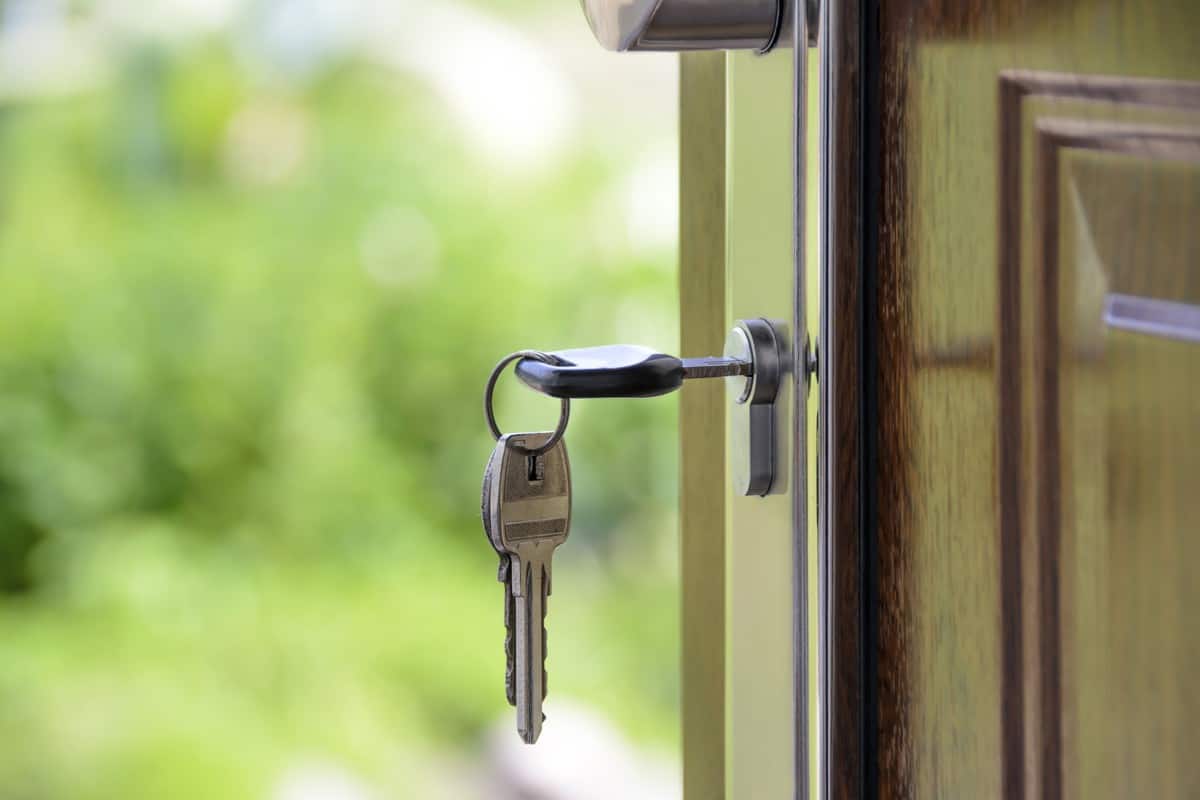Millions of people buy homes each year. More than 5.34 million houses sold to new owners in 2019 alone.
While many of those buyers financed their homes with conventional mortgages, others turned to federally-backed loans to help them get into the house of their dreams.
One non-conventional mortgage option is the USDA home loan program. While the loan process is slightly different than what you’d expect to see with a conventional mortgage, a USDA loan will still help you get into a home you can afford.
Here’s what you need to know about this unique financing option.
How The USDA Home Loan Program Works
The USDA home loan program is in place to help buyers in rural areas finance home purchases. These loans are available through traditional lenders like banks and credit unions, though they’re backed by the United States Department of Agriculture.
The USDA loan program offers more than one type of loan. Each loan type works differently, but they all help you get a house with affordable monthly payments. The type of USDA loan you apply for largely depends on your personal goals and financial situation.
Here’s what you need to know about these different options.
Guaranteed Loans
When people think of USDA home loans, they think of guaranteed loans. This financing option allows homebuyers to secure a loan without a large down payment.
The USDA guarantees these loans meaning they repay a set portion of the loan to the lender if you default or find that you can’t repay the loan in full. You’re also able to finance the full sale price of the house.
These loans are ideal for low-to-moderate-income individuals who don’t want to use their savings as a down payment.
Section 502 Direct Loans
Section 502 direct loans come directly from the USDA rather than banks or credit unions and those with extremely low incomes finance the cost of a house. The loan can get used to buy a pre-existing structure, to build a new home, or even to buy and renovate a house that needs work.
The interest rates are lower than USDA guaranteed loans and borrowers are often able to qualify for payment assistance to further reduce their monthly payments.
Section 504 Loans
These loans are best for borrowers who already own a house, but need to take care of renovations and repairs. They’re capped at $20,000 for low-income homeowners.
There Are Eligibility Requirements
With conventional mortgages, it’s often easier to qualify for the loan if you have a higher income level. However, the same does not apply to USDA loans. To qualify for this type of financing, you must have what the USDA determines to be a suitably low-income level for your area.
The exact number depends on your location and where you intend to buy your house. As a general rule, your income cannot be higher than 115 percent of the median income level for your area.
If you exceed the USDA home loan income limits, you won’t be eligible for the loan. Instead, you’ll need to look into other loan types like conventional mortgages, FHA loans, and first-time homebuyer programs to obtain financing.
You must also plan to use the property as your primary residence. This means you can’t apply for a USDA loan to buy a vacation home or investment property even if you meet the income requirements.
What Types Of Homes Can You Buy?
The USDA is relatively flexible about the types of properties that you can finance with a USDA home loan. They’re more concerned about the condition and safety of the house you’re buying.
To qualify for financing with a USDA loan, the home must be structurally sound with adequate plumbing, a working heating, and cooling system, functioning electrical wiring, and a solid roof. The USDA requires that you get the home appraised before they’ll approve your loan.
If the house passes the appraisal, you’ll be in good shape. However, if it fails, you’ll need to look for a different property.
Luckily, there are very few restrictions on the type of house you can buy. You’re free to use the loan to buy a mobile or manufactured home, a pre-existing home on a foundation, a short sale or foreclosed home, or even one you’re planning to build.
As long as it passes the appraisal process, you’ll be able to finance the purchase with a USDA loan.
What Are The benefits of a USDA Loan?
Besides not requiring a down payment of any kind, the USDA loan program offers other mortgage benefits for its homebuyers. The borrower can choose either a 15 or 30 year term with a fixed interest rate that is comparable to the market. One would automatically think that because a USDA Loan does not require a down payment and also accepts lower credit scores, the interest rate would be incredibly high, but that is not the case.
Since a USDA Loan does not require the borrower to have perfect credit, more aspiring homeowners are able to qualify for this type of loan. You can have less than perfect credit history and those with a credit of at least 640 can get streamlined processing, meaning that there is less paperwork and time taken out of the mortgage process.
How To Apply For A USDA Loan
To apply for a USDA home loan, you’ll need to find a USDA-approved lender. If you’re working with a real estate agent, don’t hesitate to ask them for a referral.
Chances are that they’ll know at least one lender in the area that is familiar with the USDA loan process. If they don’t know of any lenders near you, search online or contact your local bank.
Once you find an approved lender, apply for the loan online, and get pre-approved before you make an offer on a house. The pre-approval will help you determine your budget and speeds up the buying process for both yourself and the seller.
If possible, try to get quotes from multiple lenders and compare your options. Choose the lender that offers you the best interest rate and loan amount.
Is A USDA Home Loan Right For You?
When you decide to buy a house, you need to choose the right financing option for your situation. If you have money saved up for a down payment and have good credit, a traditional mortgage may be the better choice.
However, if you fall within the USDA home loan income limits, have lower credit, and need money for a down payment, a USDA loan may be a better choice.
The only way to know for sure is to speak with a lender about your options. They’ll help you find the best loan for your needs whether it’s a USDA loan or a conventional mortgage.
If you’re ready to start looking at your mortgage options, don’t wait. Get connected with a lender today.



